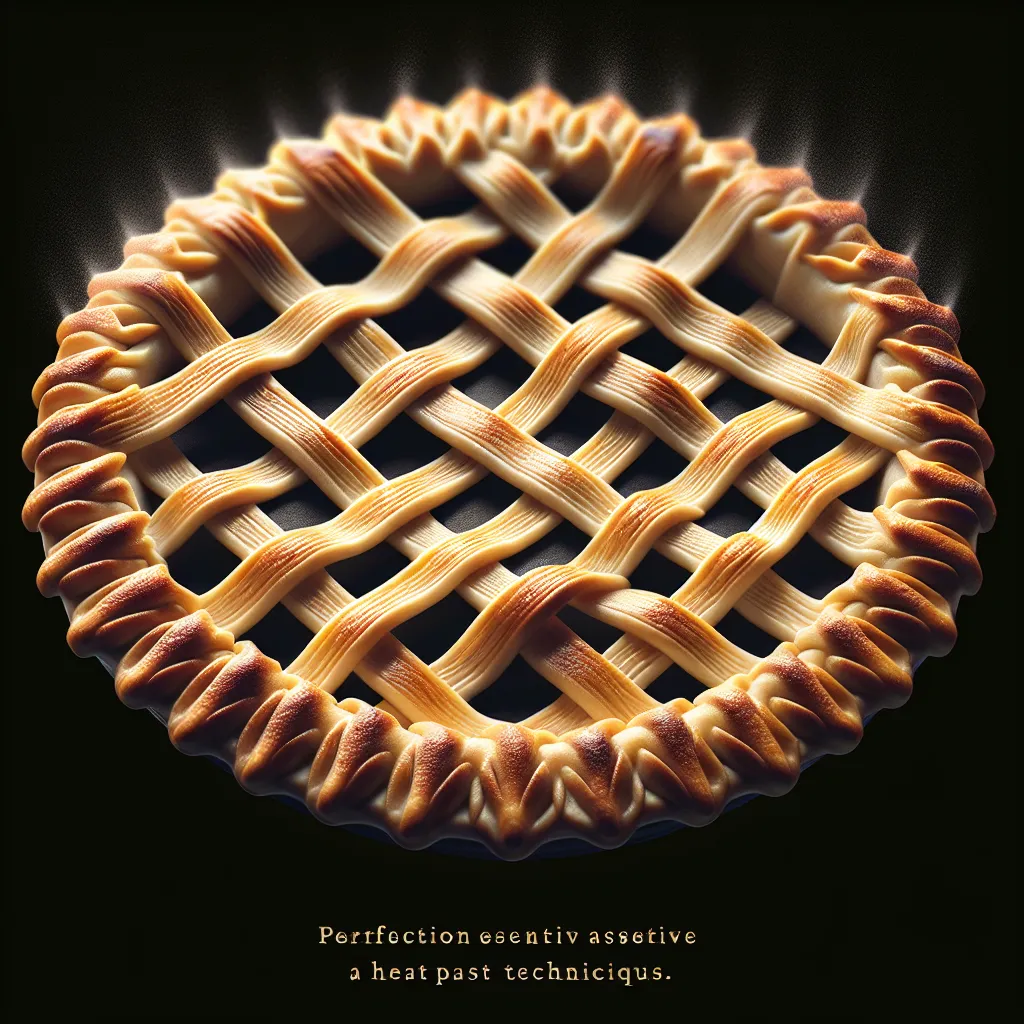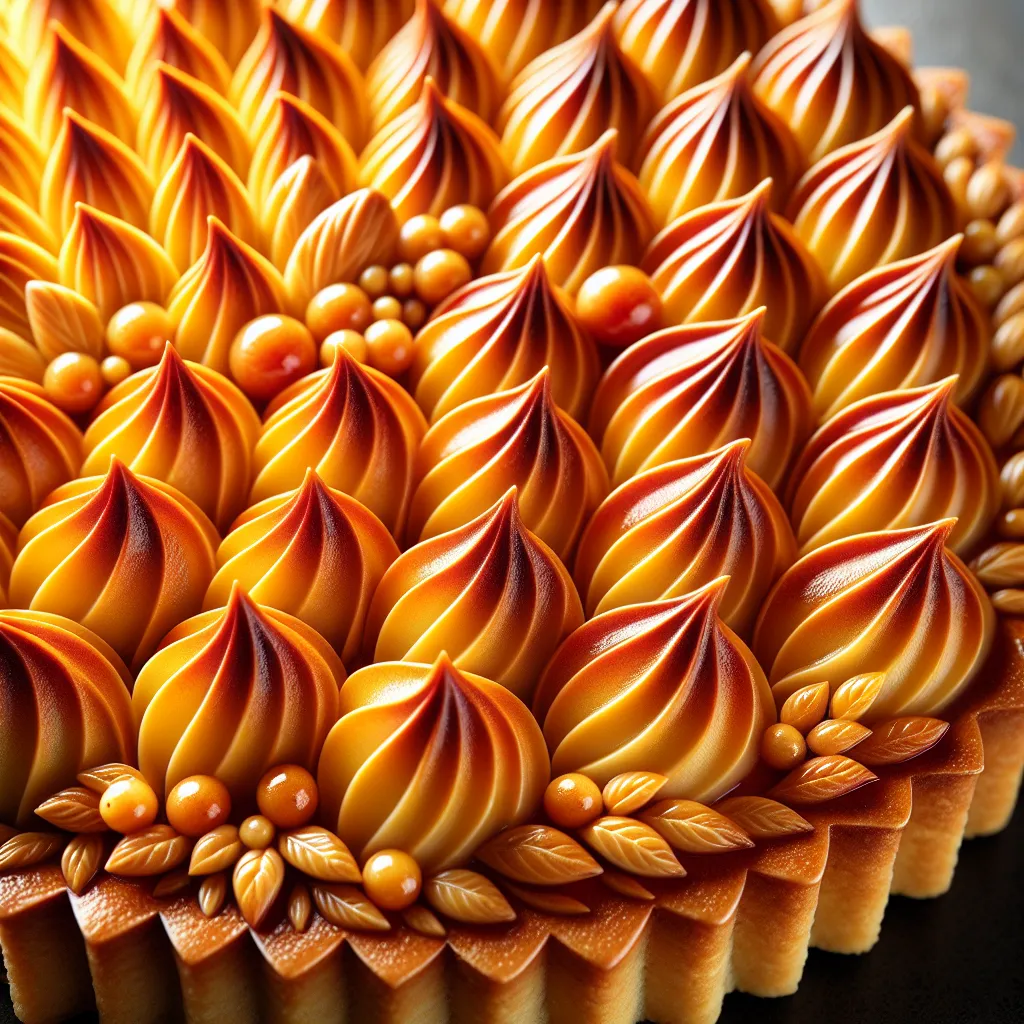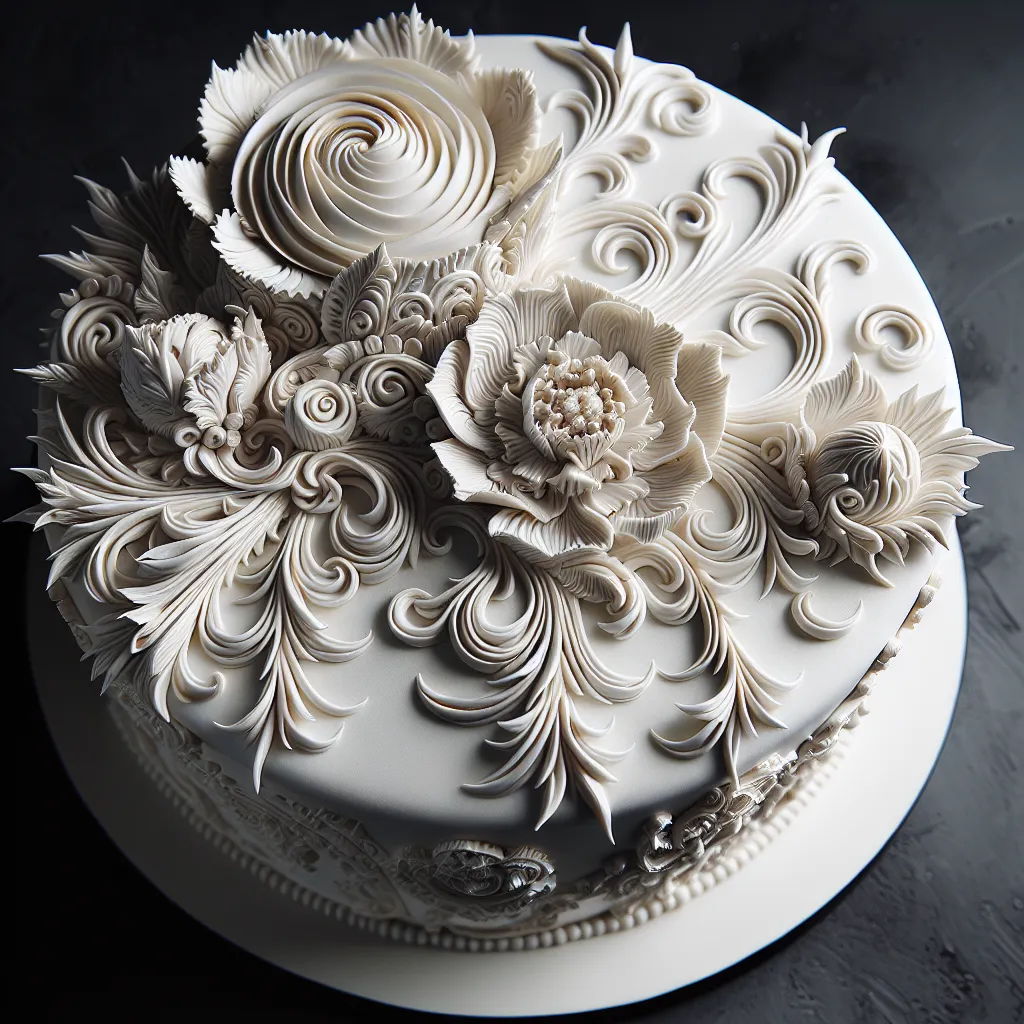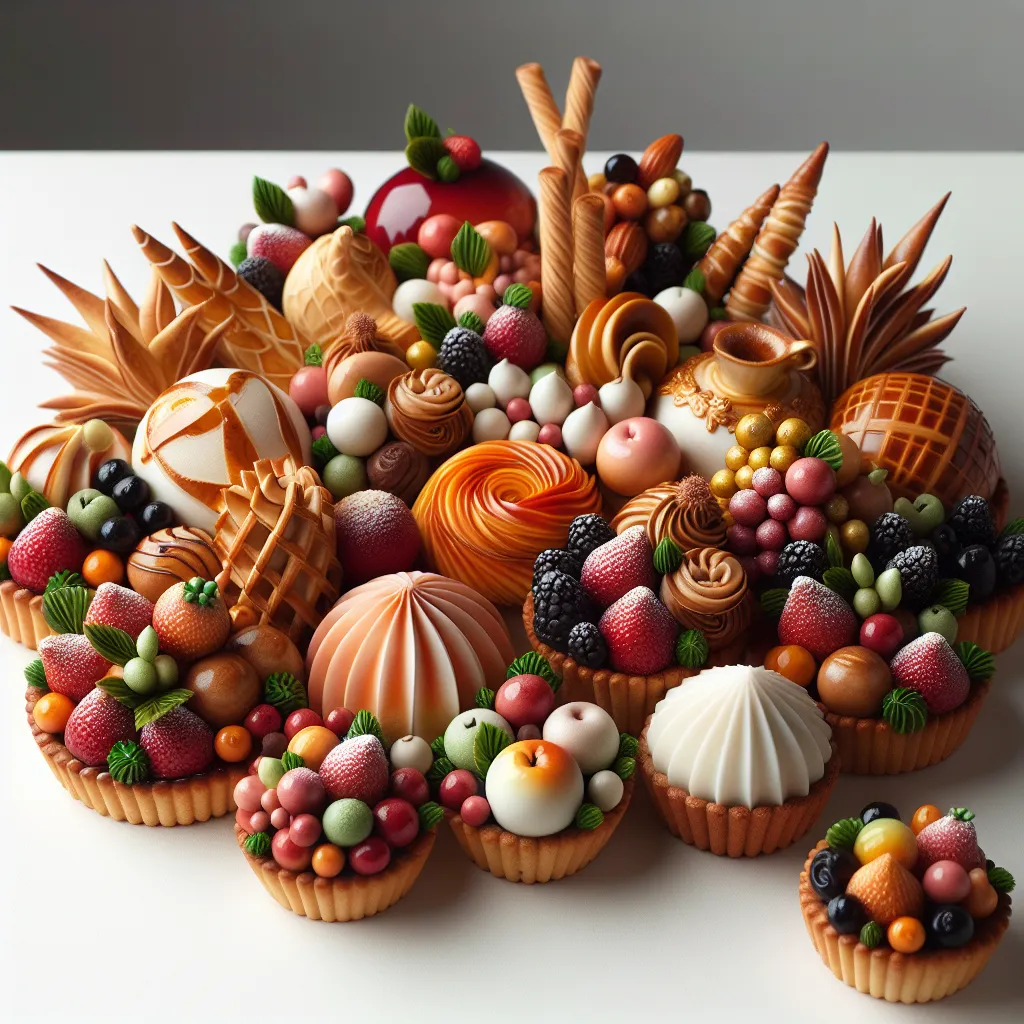Essential Pastry Tools and Equipment Every Baker Should Have
When it comes to mastering pastry techniques, having the right tools and equipment is essential for every baker. A comprehensive set of pastry tools not only ensures that you can execute various techniques with precision, but also makes the process more efficient and enjoyable. As you build your collection of pastry tools, there are several essentials that every baker should have in their kitchen.
First and foremost, a reliable set of measuring cups and spoons is indispensable for accurately portioning ingredients. Precision is key in pastry-making, and these tools enable you to achieve the perfect balance of flavors and textures in your creations. Additionally, a quality kitchen scale is essential for measuring ingredients by weight, especially for recipes that require a more precise touch.
Another crucial piece of equipment is a sturdy and reliable rolling pin. Whether you’re rolling out dough for a flaky pie crust or creating delicate layers for puff pastry, a good rolling pin allows you to exert consistent pressure and control the thickness of the dough with ease. Furthermore, investing in a flexible silicone pastry mat can facilitate the rolling process while minimizing the need for excessive flour, ultimately leading to better-textured pastries.
For working with delicate doughs and precise decorations, a set of high-quality pastry brushes is fundamental. Whether you’re applying egg wash to pastries for a golden finish or glazing delicate tarts, having different sizes of pastry brushes ensures that you can maintain control and achieve professional-looking results.
Furthermore, no comprehensive collection of pastry tools would be complete without a selection of pastry cutters and molds. From classic round cutters for cookies to intricate molds for shaping petit fours, these tools enable you to create a myriad of pastry shapes and designs, adding a touch of artistry to your creations.
Lastly, a reliable oven thermometer is an often-overlooked yet crucial tool for pastry-making. Achieving the perfect bake largely depends on accurate oven temperatures, and an oven thermometer can provide the assurance you need to produce consistently outstanding results.
By equipping yourself with these essential pastry tools and equipment, you can empower yourself to master a wide range of pastry techniques and elevate your baking skills to new heights.
Perfecting the Art of Making Flaky Pie Crusts
To master the art of making flaky pie crusts is to elevate your pastry skills to a whole new level. Achieving that perfect flakiness requires precision and attention to detail, and it all starts with the ingredients. The key to a flaky pie crust lies in using the right fat-to-flour ratio. A combination of chilled butter and shortening is often preferred for achieving that ideal texture. The next crucial step is handling the dough with care. Overworking the dough can lead to a tough crust, so gentle and minimal handling is essential. Another valuable tip is to keep all the ingredients as cold as possible throughout the process, as this helps create steam when the pie bakes, resulting in those coveted flaky layers. Additionally, using the “blind baking” technique for certain pie recipes can also contribute to a crispier crust. By mastering these pastry techniques, you can ensure that every pie you make will boast a perfectly flaky and delightful crust, adding an extra touch of excellence to your culinary repertoire.
Mastering the Technique of Creating Fluffy and Delicate Croissants
Mastering the technique of creating fluffy and delicate croissants is a challenging yet rewarding endeavor for any aspiring pastry chef. The key to achieving the perfect croissant lies in the precise manipulation of the dough and the careful balance of ingredients. To start, a high-quality butter with a high fat content is essential for creating those distinctive flaky layers. The dough itself must be made with precise measurements of flour, water, yeast, and a touch of sugar to achieve the signature lightness and airy texture.
Once the dough is prepared, the process of lamination is crucial in creating the layers that give croissants their delicate, flaky texture. This involves folding and rolling the dough multiple times with layers of butter to create thin alternating layers, a technique that requires patience and attention to detail. The final proofing and baking stages are equally important, as the croissants need to be properly shaped, proofed to achieve the ideal rise, and baked at the right temperature to achieve that golden, crispy exterior.
Mastering the technique of creating fluffy and delicate croissants is a true test of a pastry chef’s skill and precision, but the satisfaction of achieving that perfect balance of lightness, flakiness, and buttery richness is well worth the effort.
Exploring the Science Behind French Macarons
Mastering pastry techniques requires a deep understanding of the science behind the delicate and delectable French macarons. These iconic treats are renowned for their crispy shell, chewy interior, and a myriad of delicious flavors. However, achieving the perfect macaron is as much a science as it is an art.
One of the key aspects of mastering French macarons is comprehending the science behind their structure and texture. These delicate confections are made primarily from almond flour, sugar, and egg whites, and it is the precise balance of these ingredients that is critical to the success of the macaron. The egg whites are whipped to create a stable meringue, which provides the lift and structure for the macaron shells. Meanwhile, the almond flour and sugar must be carefully folded into the meringue to create the characteristic smooth and shiny batter.
Furthermore, the process of macaronage, the technique of mixing the batter to achieve the perfect consistency, is crucial in controlling the final texture of the macarons. Overmixing or undermixing the batter can result in flat, cracked, or hollow shells, highlighting the importance of understanding the science behind the subtle changes in the batter’s texture.
Moreover, the science of oven temperature and humidity plays a significant role in the success of French macarons. The initial high heat creates the coveted “feet” – the ruffled base of the macarons – while the lower temperature ensures the interior is perfectly moist and chewy.
Therefore, a comprehensive understanding of the science behind French macarons is indispensable for anyone seeking to master the art of pastry. By delving into the intricacies of ingredient interactions, mixing techniques, and baking science, aspiring pastry chefs can elevate their skills and create perfect French macarons time and time again.




